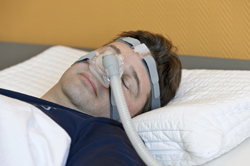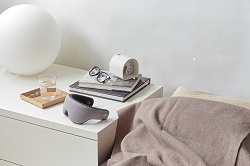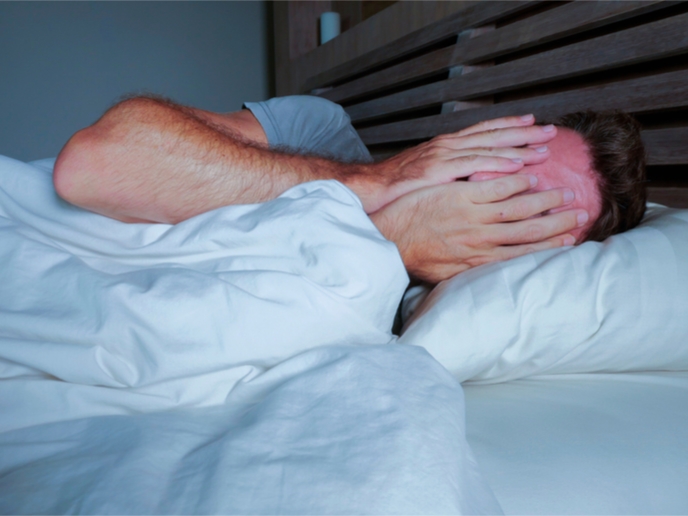New treatment option for sleep apnoea
Currently, OSA is treated using the lung therapy technique called continuous positive airway pressure (CPAP), which applies higher pressure in airways to restore breathing during sleep. Though highly effective, over 45 % of patients using CPAP have had issues with discomfort, dry nose and nasal congestion. Long-term CPAP use has also been shown to significantly change the structure of nasal mucosa. Recently, experiments have shown that pressure oscillations (POs) can be used to treat conditions such as asthma as the approach improves lung compliance and reduces inflammatory stresses. For the first time ever, the EU-funded project 'Pressure oscillations: A new lung therapy approach' (PRESSUREOSCILLLATIONS) has investigated the use of POs with CPAP to treat OSA. Researchers modified the controllable pressure oscillation CPAP (CPO-CPAP) device developed by a company from New Zealand for OSA treatment after developing theoretical models. Computer modelling and data from previous upper airway magnetic resonance imaging tests helped determine critical parameters such as tissue moisture content, frequencies and elasticity for the clinical trials.To conduct clinical trials with the CPO-CPAP device, project members first tested the suitability of POs on some research team members. After confirming safety and comfort and obtaining ethical approvals, three serious OSA patients were recruited and tested on both CPAP and CPO-CPAP. Data analysis showed that CPO-CPAP was very effective and clinical trials were conducted on 15 more patients. Analysis of results demonstrated the efficacy and safety of CPO-CPAP and discussions are underway to put in an intellectual property application. Moreover, this device requires 70 % lower titration pressure than CPAP to significantly reduce the apnoea index. Commercialisation will provide relief to chronic OSA patients and enhance the competitiveness of project partners.







